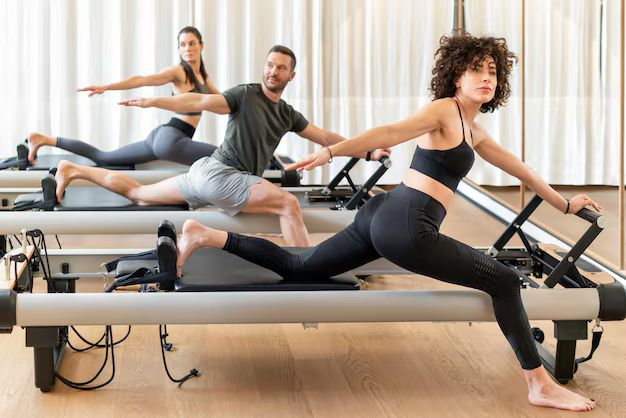
Lower back pain (LBP) is a global health challenge affecting millions across all ages and backgrounds. From a dull ache to an intense, persistent discomfort, it manifests as irritation or pain situated between the ribcage’s lower edge and the buttocks. This pervasive condition was identified as the leading cause of disability worldwide in 2020, impacting an astonishing 619 million individuals, with projections suggesting a dramatic rise. The personal and professional lives of those afflicted are significantly disrupted, with daily activities often becoming a struggle.
Surprisingly, in over 90% of cases, the precise anatomical culprit behind lower back pain remains elusive. LBP can be categorized as acute, lasting less than six weeks; sub-acute, spanning six to twelve weeks; or chronic, extending beyond twelve weeks. While some instances may resolve spontaneously, others can recur or persist, necessitating a proactive approach that often includes lifestyle adjustments and physical therapy. Tailored exercise regimens, ergonomic modifications, and consistent physical therapy are frequently key components of effective pain management strategies.
This article delves into a series of simple yet profoundly effective morning stretches, endorsed by physical therapists, designed to alleviate lower back pain and enhance spinal health. Incorporating these movements into your daily routine can make a significant difference, helping to release the tightness that builds overnight, improve flexibility, and restore proper posture. Each stretch is presented with clear instructions and specific benefits, empowering you to take charge of your well-being and start your day with greater comfort and mobility.
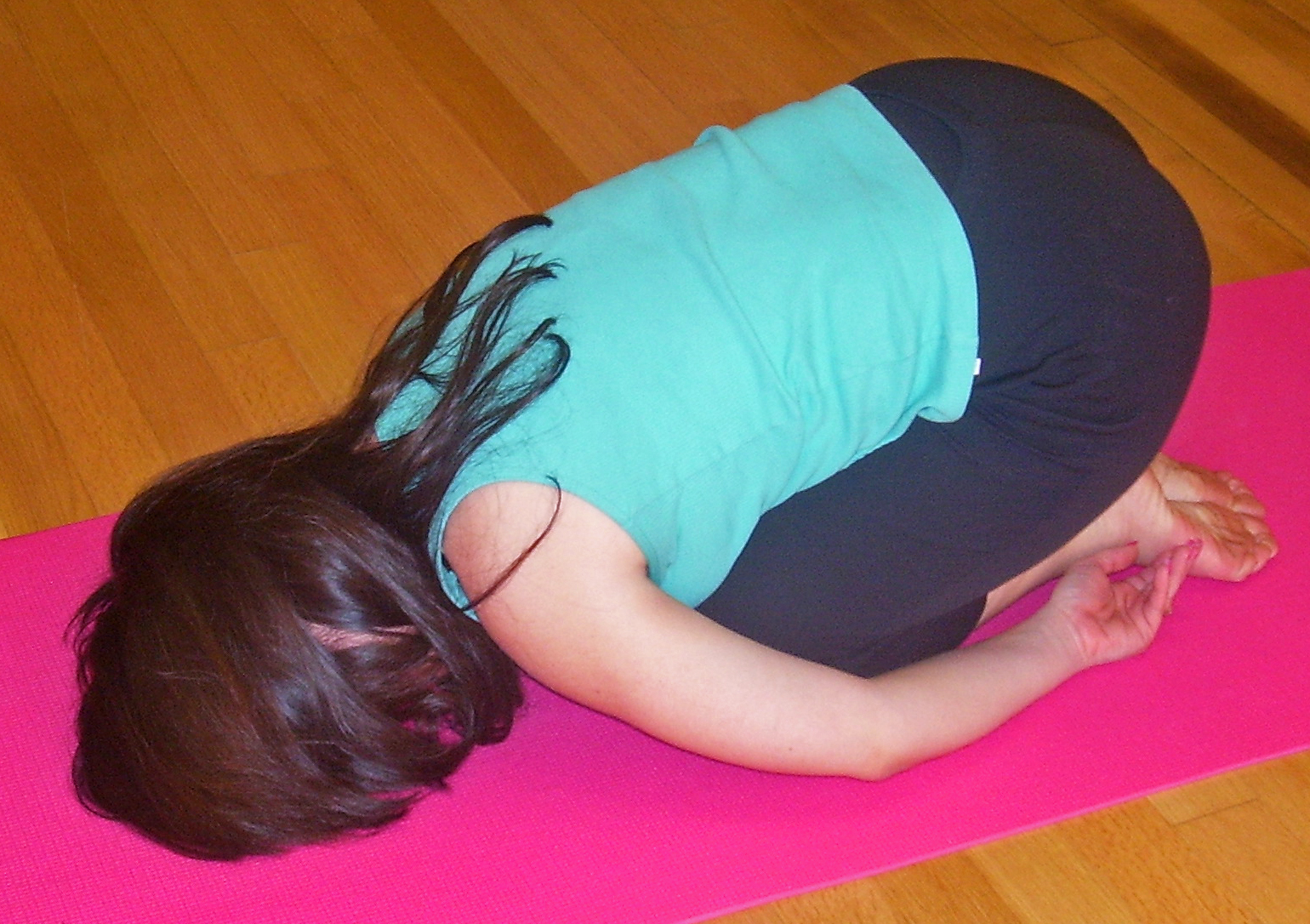
1. **Child Pose**The Child Pose, or Balasana, is a wonderfully gentle yet remarkably effective stretch for easing lower back pain. It promotes deep relaxation while elongating the entire spine, proving particularly useful for unwinding tension accumulated overnight. This pose acts as a soothing balm for tight muscles, encouraging a sense of calm that can set a positive tone for your entire day.
To perform this restorative stretch, begin in a sitting position with your big toes joined. Gently settle back onto your heels, allowing your body to comfortably rest between your legs. Once in this foundational posture, relax your arms either extended forward or resting alongside your body. The goal is to release any active engagement, letting gravity gently decompress your spine.
Hold this serene position for five to ten seconds, focusing on deep, steady breaths. As you exhale, imagine tension in your lower back melting away. Repeat this gentle stretch three times per session. Its accessibility and profound capacity for mental calmness alongside physical relief offer a holistic approach to starting your day with ease.
Read more about: Shaquille O’Neal’s Extra-Large, Custom-Built Legacy: A Fleet of Legendary Achievements
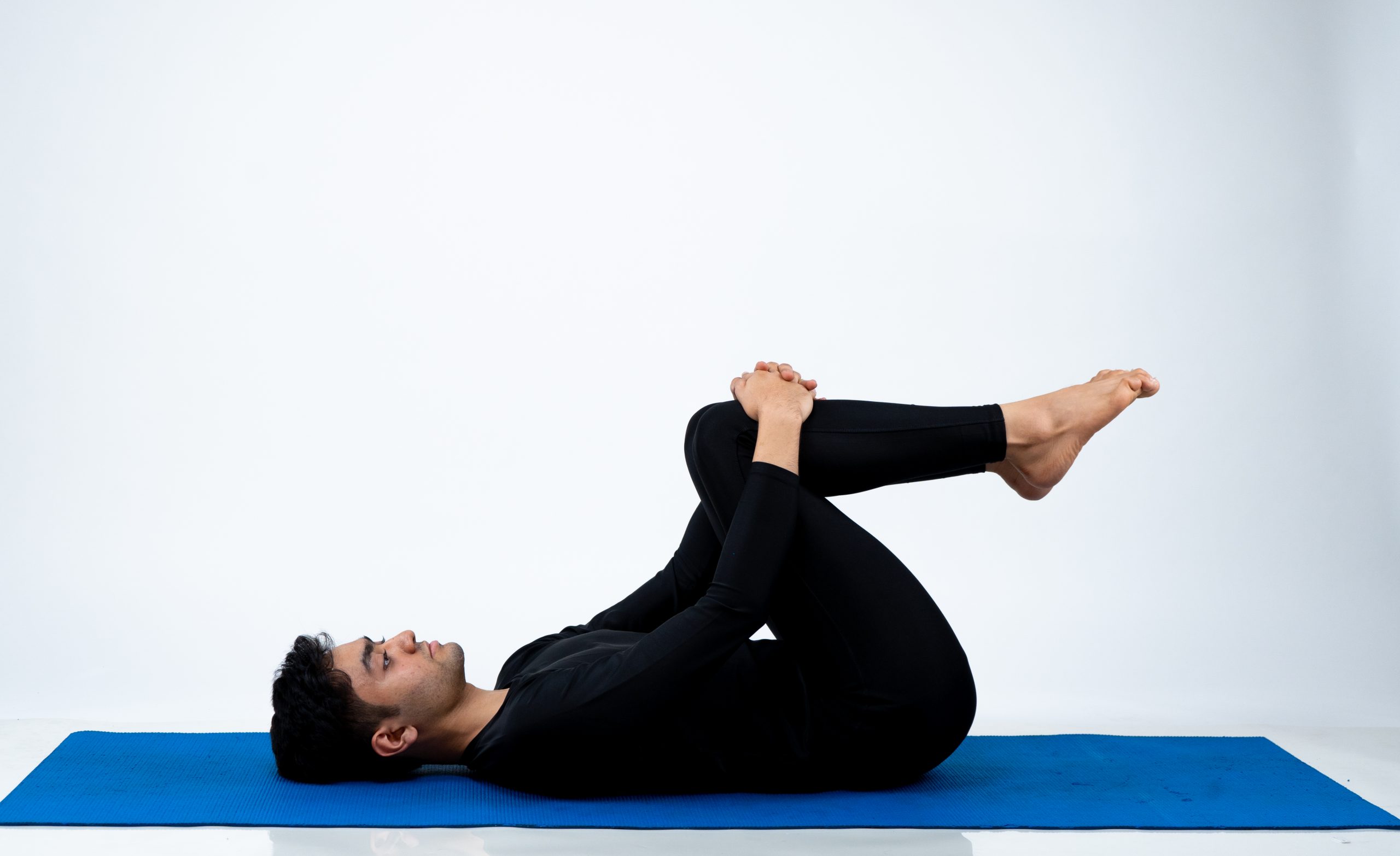
2. **Knee-to-chest**The Knee-to-chest stretch is a fundamental exercise for alleviating lower back discomfort, offering direct relief to the lumbar spine and surrounding musculature. It’s especially effective at releasing tense muscles in the hamstrings, hips, and lower back, all frequent contributors to back pain. By gently drawing the knees towards the chest, you create a mild traction effect on the spine, helping to decompress vertebral discs and stretch spinal extensors.
To execute this simple yet powerful stretch, lie comfortably in a supine position on your back. Bend one knee and gently raise it towards your chest. Use both hands to interlace your fingers just under the knee, grabbing your lower leg for support. As you hold your shin area, draw the knee further towards your chest, but only to a point of comfortable stretch, not pain. Maintain a gentle, controlled pull.
Hold this position for five to ten seconds, allowing your lower back and hip muscles to lengthen. Focus on your breathing, using each exhale to deepen the stretch slightly if comfortable. After the hold, slowly release the leg back to the starting position. Repeat this movement three times per session on one side before switching to the other leg, ensuring balanced relief and flexibility.
Read more about: Say Goodbye to Sciatica: 11 Empowering Exercises to Relieve Nerve Pain, Backed by Physical Therapists
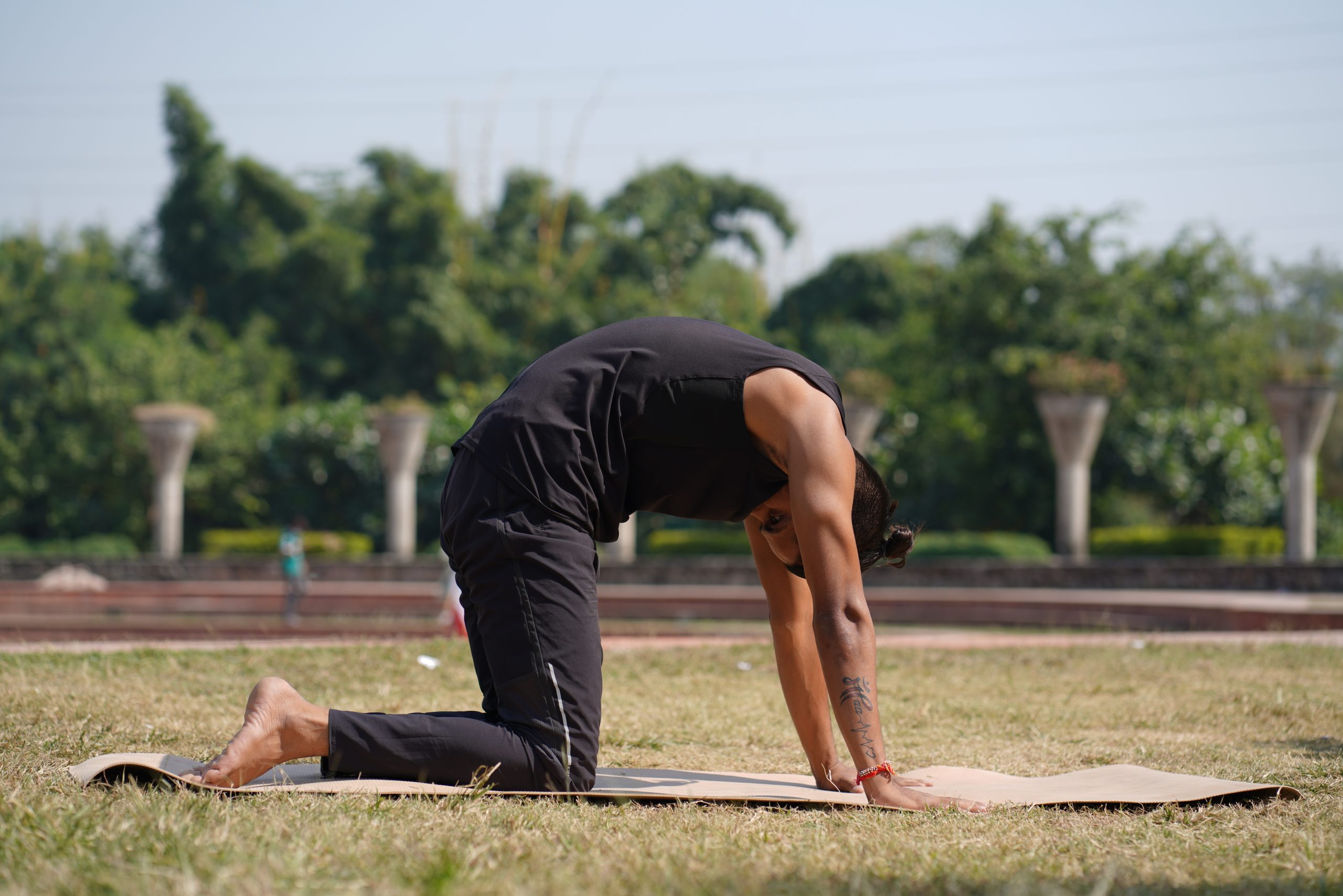
3. **Cat-cow stretch**The Cat-cow stretch is a dynamic, flowing movement highly recommended for improving spinal mobility and flexibility, especially with morning stiffness. This sequence gently warms up the entire spine, from cervical to lumbar regions, helping to release tension and encourage blood circulation. It’s an excellent way to prepare your back for the day, promoting greater range of motion and reducing stiffness.
To begin, assume a quadruped (tabletop) position, with wrists directly beneath shoulders and knees beneath hips. If needed, place a soft blanket under your knees for support. Ensure your spine is long and straight to start, with core muscles gently engaged to protect your lower back.
As you exhale, gently flex your head downwards, tucking your chin, and simultaneously round your spine towards the ceiling, engaging your abdominal muscles. This is the “Cat” posture. Then, as you inhale, reverse the movement by lifting your sternum forward and gently bringing your shoulder blades together, allowing your belly to drop towards the floor and your gaze to lift slightly for the “Cow” posture. Continuously switch between these two fluid postures, coordinating each movement with your breath, for five to ten seconds per cycle, completing three repetitions per session.
Read more about: Say Goodbye to Sciatica: 11 Empowering Exercises to Relieve Nerve Pain, Backed by Physical Therapists
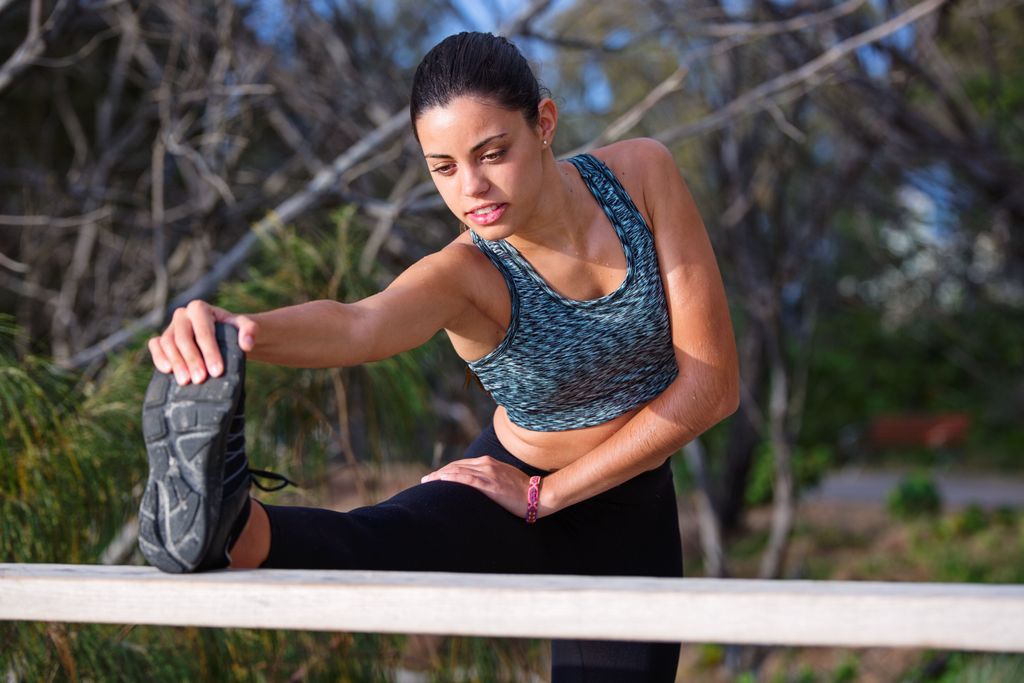
4. **Bird-dog**The Bird-dog exercise is an essential core-strengthening and stability movement crucial for supporting the lumbar spine and preventing lower back pain. Unlike static stretches, Bird-dog actively engages the stabilizing muscles of the core, glutes, and back, vital for maintaining proper posture and reducing injury risk. It improves balance and coordination while strengthening both lower and upper extremities, contributing to a more resilient back.
To set up, begin in the tabletop posture, with hands directly under shoulders and knees under hips. Before moving, gently draw your shoulder blades together and engage your abdominal muscles. This foundational engagement protects your spine and ensures you’re working the correct muscle groups.
From this stable position, slowly extend one arm forward while simultaneously extending the opposite leg straight back, keeping both limbs parallel to the floor. Maintain a long, straight line from head to heel. Keep your core engaged and hips stable, avoiding twisting or arching your lower back. Hold this extended position for five to ten seconds, maintaining control. Gently and slowly return to tabletop. Repeat with the other arm and leg for a full “round,” completing three repetitions per side. Consistent practice activates and strengthens core muscles, contributing to long-term pain prevention and improved functional mobility.

5. **Seated Forward Bending (Hamstring Stretch)**Tight hamstrings are a common culprit behind lower back pain, pulling on the pelvis and altering spinal alignment. The Seated Forward Bending stretch, or Hamstring stretch, is thus critical for alleviating back discomfort. By elongating these powerful muscles at the back of your thighs, it helps release tension directly impacting the lower back, promoting better posture and reducing spinal stress. It’s a straightforward yet highly effective way to address a significant contributor to LBP.
To begin, sit upright on the floor with legs extended straight. Actively contract your core muscles to maintain proper spinal alignment. This engagement stabilizes your torso and prevents excessive back rounding, ensuring the stretch targets hamstrings, not the lumbar region.
Take a deep breath in, and as you slowly exhale, gently fold forward from your hips, reaching your hands towards your feet. Lead with your chest and maintain a relatively flat back. The goal is a gentle stretch along the back of your legs, not necessarily touching your toes. Hold this position for five to ten seconds, breathing deeply. Slowly return to the starting position. Repeat this pattern three times per session.

6. **Piriformis Stretch**The Piriformis stretch targets the piriformis muscle, a deep gluteal muscle that, when tight, can pressure the sciatic nerve, leading to sciatica-like pain in the buttock and lower back. This often causes morning spasms and discomfort. Integrating this stretch into your morning routine can be incredibly beneficial for releasing gluteal tension and alleviating symptoms radiating into the lower back and down the leg. It’s a focused approach to a common, often misunderstood, source of back pain.
To perform this targeted stretch, lie comfortably supine on your back. Bend both knees upward, feet flat. Cross one ankle over the opposite thigh, just above the knee, forming a “figure-four.” From this position, gently pull the bowed leg across your torso, or for a deeper stretch, interlace your hands behind the thigh of the *supporting* leg and gently pull it towards your chest.
You should feel a deep stretch in the gluteal region of the crossed leg. Pull gently to the point of a comfortable stretch, avoiding sharp pain. The aim is to release the piriformis muscle. Hold this stretch for five to ten seconds, allowing the muscle to lengthen and release. After the hold, slowly release and return to start. Repeat three times per session on one side before switching to the other, ensuring balanced flexibility.
To further your pain relief, we explore six more effective stretches endorsed by physical therapists, alongside benefits, home remedies, and FAQs. These enhance spinal health and lasting comfort.
Read more about: Say Goodbye to Sciatica: 11 Empowering Exercises to Relieve Nerve Pain, Backed by Physical Therapists

7. **Side bends**Side bends improve lateral spinal flexibility and release torso tension. This stretch lengthens muscles often stiffened by sitting or uneven posture, aiding spinal health and reducing lower back discomfort.
Stand upright, holding a light dumbbell in one hand, arm hanging loosely. Your free hand rests on your hip for stability. Let the dumbbell-carrying hand drop straight down, bending your upper body opposite until comfortable tension is felt.
Hold for five to ten seconds, breathing deeply. Slowly reverse the motion, returning upright. Complete three repetitions per session on one side, then switch for balanced flexibility and relief.
Read more about: Decoding the Universal Quartet: An In-Depth Journey Through the Enduring Significance of the Number Four Across Science, Culture, and History
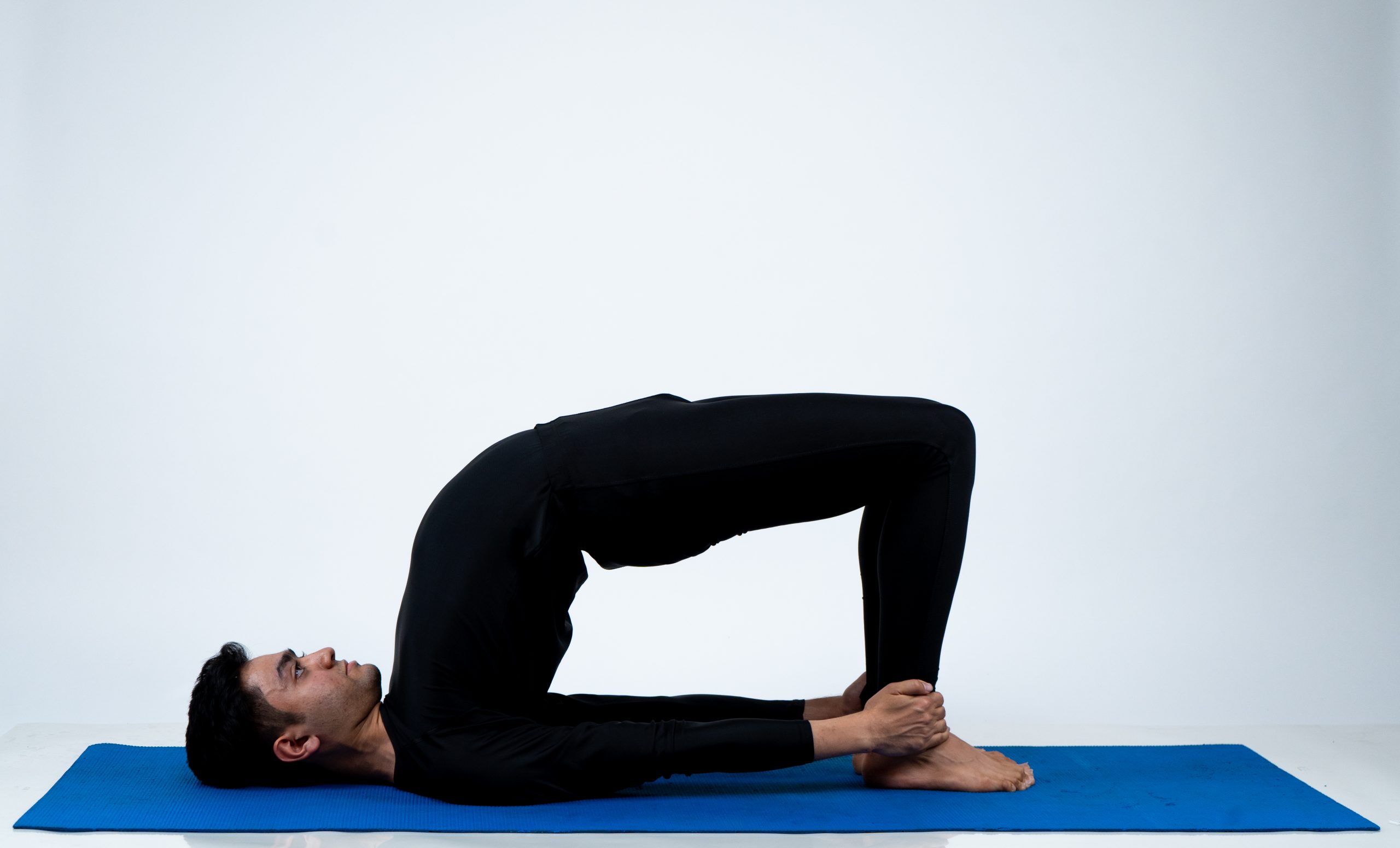
8. **Bridge pose**Bridge Pose strengthens core and gluteal muscles, vital for lumbar spine support. It enhances spinal stabilization and back resilience, making it a crucial exercise for lower back pain relief.
Lie supine, knees bent, feet flat, hip-width apart; ensure knees and heels align. Maintain comfortable posture for head, neck, shoulders. Engage core, take deep breath.
Press heels to slowly lift hips, forming a straight line from shoulders to knees, strengthening core and gluteals. Hold for five to ten seconds, core engaged. Slowly lower hips. Perform three repetitions per session.
Read more about: Unpacking the Unseen: Six Strategic Blunders That Eroded Oscars Viewership and Complicated Its Future
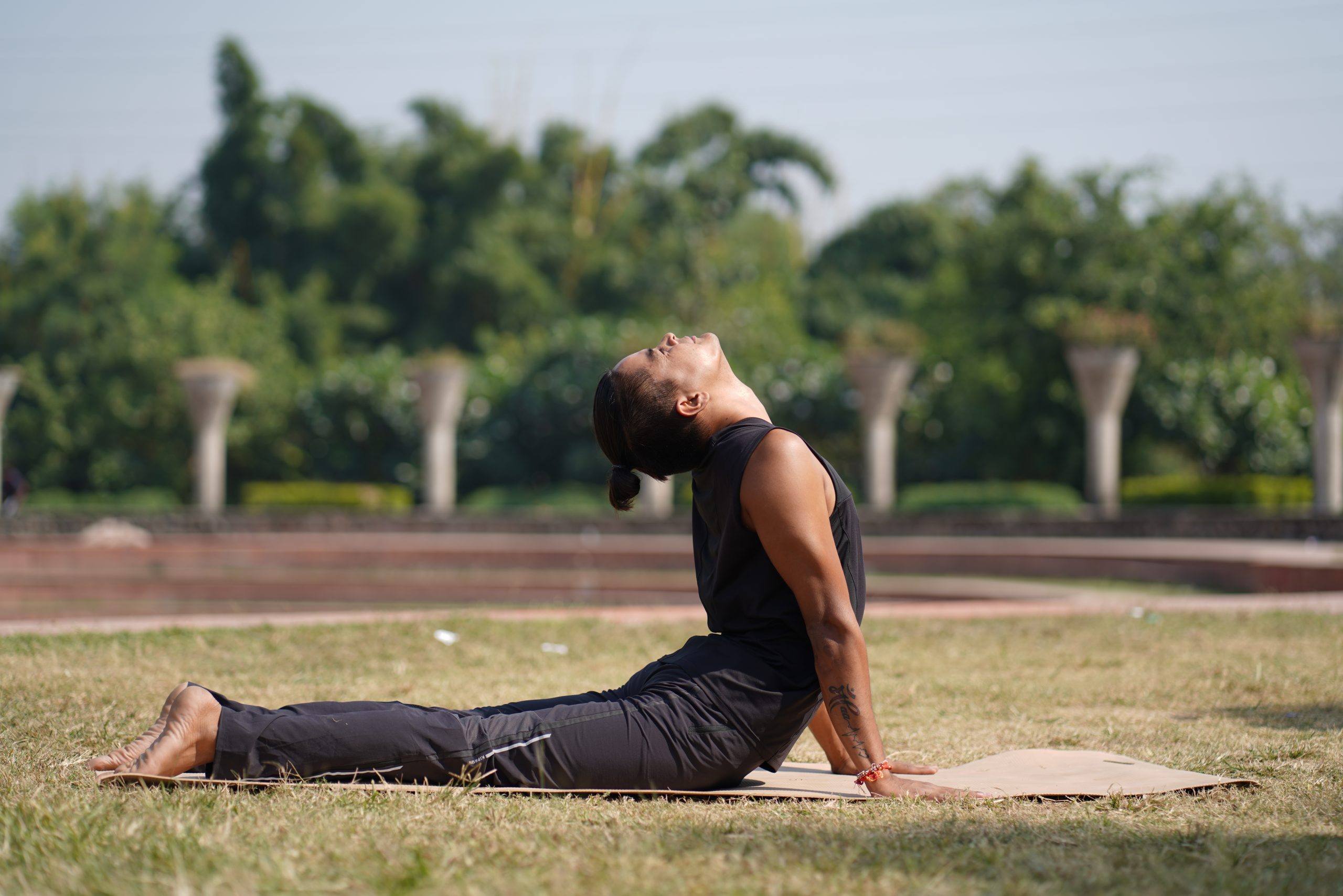
9. **Cobra pose**Cobra Pose (Bhujangasana) is a gentle extension stretch relieving spinal tension and enhancing flexibility, particularly in the lower back. It strengthens back muscles, promoting posture, combating stiffness, and fostering spinal health.
Lie prone, legs extended, hands flat under shoulders, elbows pressed to ribs. Exhale, engage core, press hands to slowly lift chest, keeping lower body grounded via feet and legs.
Lift through heart’s center, avoiding neck strain. Straighten shoulders back, gently extend elbows without locking. Hold for five to ten seconds. Slowly lower. Repeat three times per session.
Read more about: Rev Up Your Engines: 12 Million-Dollar American Muscle Cars Celebrities Are Obsessed With
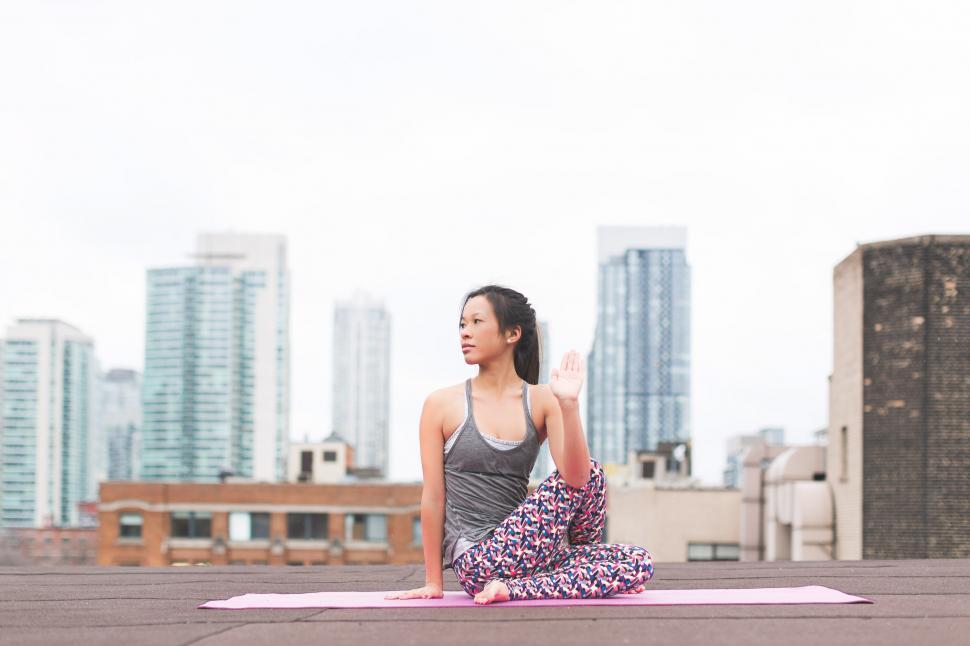
10. **Seated spinal twist**The Seated Spinal Twist improves spinal mobility, releases tension, and boosts torso circulation. It gently massages internal organs and enhances body awareness, ideal for refreshing your back each morning.
Sit comfortably on floor or in office chair. Breathe deeply. Exhale, gently twist torso from naval region to one side, grasping opposite knee for leverage.
Maintain straight, elongated spine; aim for comfortable stretch, not forceful rotation. Hold for five to ten seconds. Slowly unwind, switch sides, completing three repetitions per side.
Read more about: Unlock Pain-Free Productivity: Simple Desk Yoga Stretches for Back Pain Relief
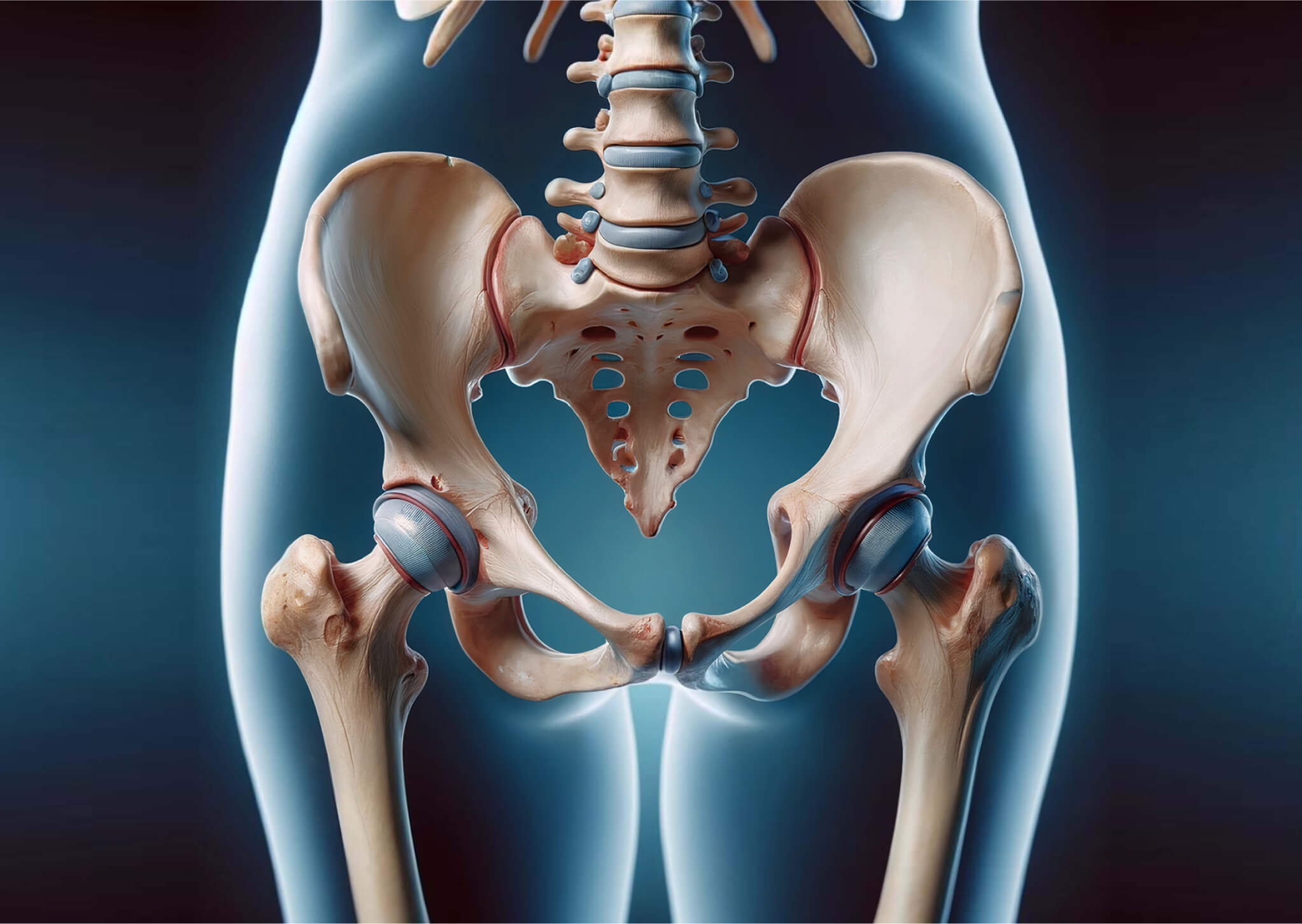
11. **Hip flexors stretch**The Hip Flexors Stretch is crucial for lower back pain relief. Tight hip flexors pull pelvis forward, causing lumbar discomfort. This stretch elongates these muscles, restoring pelvic alignment and alleviating lower back strain.
Kneel comfortably on a mat. One foot flat in front, knee bent 90-degrees. Other knee rests aligned beneath hip. To stretch the hip flexor (psoas), gently shift torso forward into front leg.
Avoid arching back; keep pelvis tight by engaging core, isolating stretch. Feel distinct lengthening. Hold five to ten seconds, breathing deeply. Return slowly. Perform three repetitions per side.
Read more about: Unlock Your Inner J.Lo: The Superstar’s Age-Defying Morning Workout, Diet, and Wellness Secrets You Can Start Today
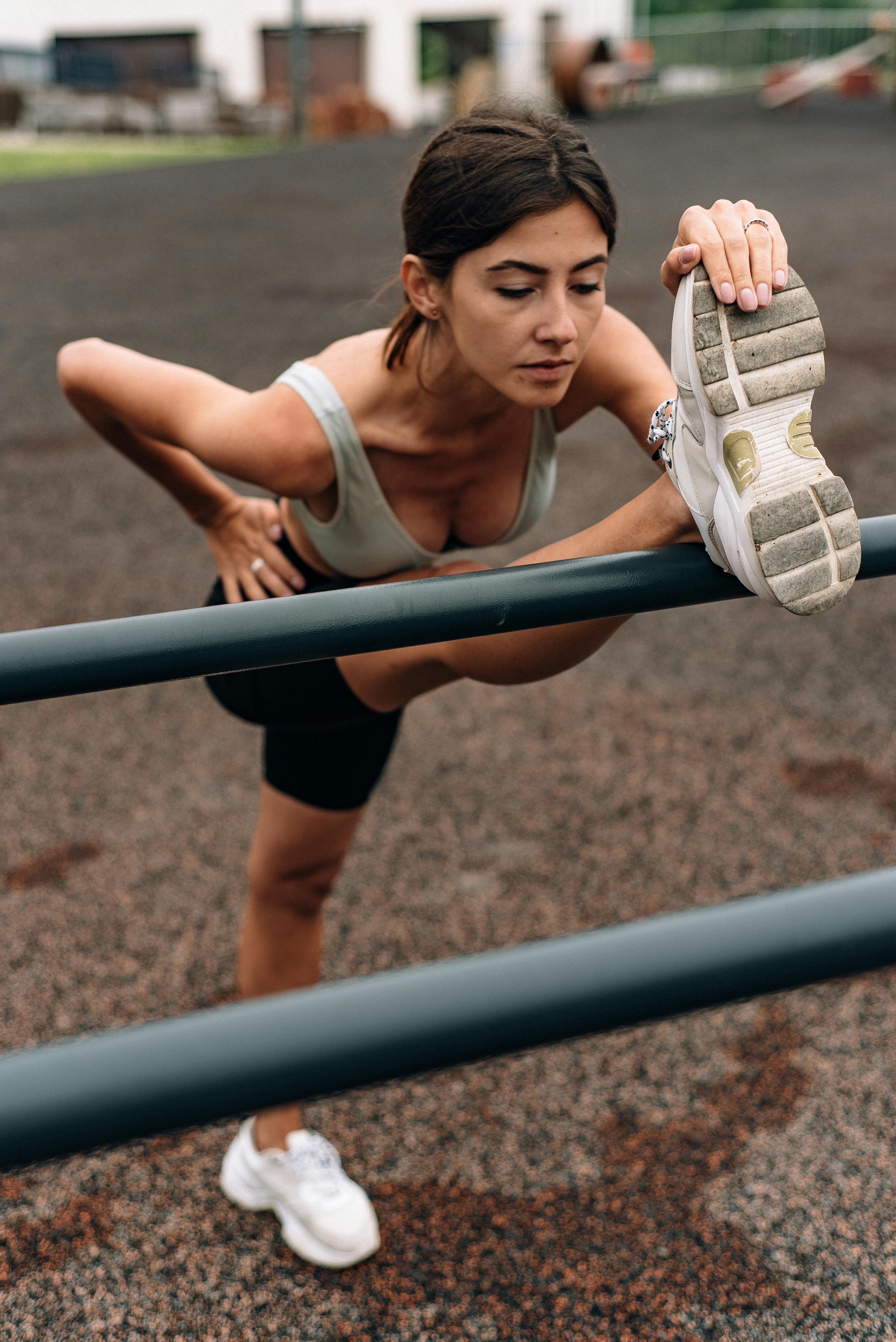
12. **Front of Thigh Stretch**Front of Thigh Stretch (quadriceps) targets powerful thigh muscles. Tight quads contribute to lower back pain by pulling on pelvis. This stretch is essential for alleviating hip flexor tension and providing direct lower back relief.
Stand tall. For stability, hold onto a wall or sturdy chair. Shift weight to one leg. Bend knee of leg to be stretched, grasp ankle/foot behind you.
Gently pull heel towards glutes until distinct stretch across front of thigh. Maintain straight back, torso, and aligned hips. Hold 15 to 30 seconds with deep breaths. Slowly switch sides and repeat.
### The Profound Benefits of Incorporating Morning Stretches
Beyond immediate pain relief, consistently integrating morning stretches offers a cascade of holistic benefits for physical and mental well-being, transforming your daily experience and supporting long-term health. These practices effectively reduce muscle tension in areas like hamstrings, hips, and the lower back, which often cause chronic pain. They also increase body adaptability, lowering the probability of musculoskeletal issues, and enhance blood circulation, boosting nutrient and oxygen supply to aid healing and reduce inflammation. Furthermore, stretching promotes proper spinal alignment by extending shortened muscles and correcting unequal loads, leading to reduced spinal stress and a lowered risk of injury by preparing muscles for daily activities.
Many stretches inherently improve core activation, engaging stabilizing muscles like glutes and abdominals, vital for preventing LBP and enhancing overall stability. They collectively enhance functional mobility, making everyday tasks more comfortable and efficient. Gentle stretches also reduce nerve compression, easing radiating pain by relieving pressure on nerves like the sciatic nerve. When combined with mindful breathing, stretching encourages mental calm, reducing stress and muscular guarding that exacerbate pain perception, offering a holistic start to your day and complementing rehabilitation efforts for chronic LBP.
### Practical Home Remedies for Lasting Lower Back Relief
Integrating simple home remedies significantly amplifies your efforts to manage lower back pain, offering additional, comprehensive support alongside daily stretches. **Therapy with Heat and Cold** is highly effective: heat eases muscle tension and increases blood flow, while cold packs reduce inflammation and dull acute pain. Switch between them, applying each for about 20 minutes. **Mild Stretching** throughout the day, using gentle yoga positions like Pelvic Tilts or Child’s Pose, also continuously eases spinal stress and increases flexibility. Therapeutic **Vital Oils** (calming lavender, spasm-reducing peppermint) can offer soothing topical relief, and a **Gentle massage** with oil helps release tension and improve circulation.
Critically, **Change your sleeping posture**: sleep in a lying position, use a pillow between knees if on your side, and invest in supportive mattresses. For prolonged sitting, use a lumbar cushion. Lastly, ensure you **Change Your Footwear**. Opt for supportive shoes, like wedges or those with arch support and padding, to significantly lessen spinal strain and improve overall posture and gait.
### Frequently Asked Questions About Lower Back Pain
Addressing common queries about lower back pain helps individuals better understand and manage their condition effectively. Resolution often involves consistent stretching, mild exercise, and hot/cold therapy at home, alongside maintaining excellent posture, supportive footwear, and OTC pain meds; for persistent pain, consult a healthcare professional. Soreness typically arises from muscle strains/ligament sprains, or structural issues like herniated discs, arthritis, scoliosis, fractures; sedentary lifestyles, inactivity, and obesity are major contributors.
Lower back pain in women stems from musculoskeletal or reproductive issues (endometriosis, fibroids, ovarian cysts, menstrual cramps), and pregnancy-related changes, with fibromyalgia also contributing. Yes, backache is a common early pregnancy symptom due to physical/hormonal changes. Whether backaches are a ‘major problem’ depends on their origin: simple spasms differ from mechanical issues (disc bulge) needing physiotherapy, and pain from weak core muscles or post-childbirth requires strengthening/stretching.
Many women experience lower back pain as cramps during menstruation. Yes, excessive gas in the digestive tract can cause discomfort that radiates to the back by irritating close muscles and nerves. Chronic back pain primarily affects adults who regularly lift heavy weights or carry substantial bags; stress, poor posture, and physical inadequacy or weak core muscles are also contributing conditions.
Read more about: Unlock Your Inner J.Lo: The Superstar’s Age-Defying Morning Workout, Diet, and Wellness Secrets You Can Start Today
By consistently incorporating these simple morning stretches and holistic remedies, you empower yourself to manage lower back pain. A proactive approach to spinal health, combining movement with mindful self-care, is the cornerstone of improved well-being. Start your day with purpose, reclaim your comfort.



